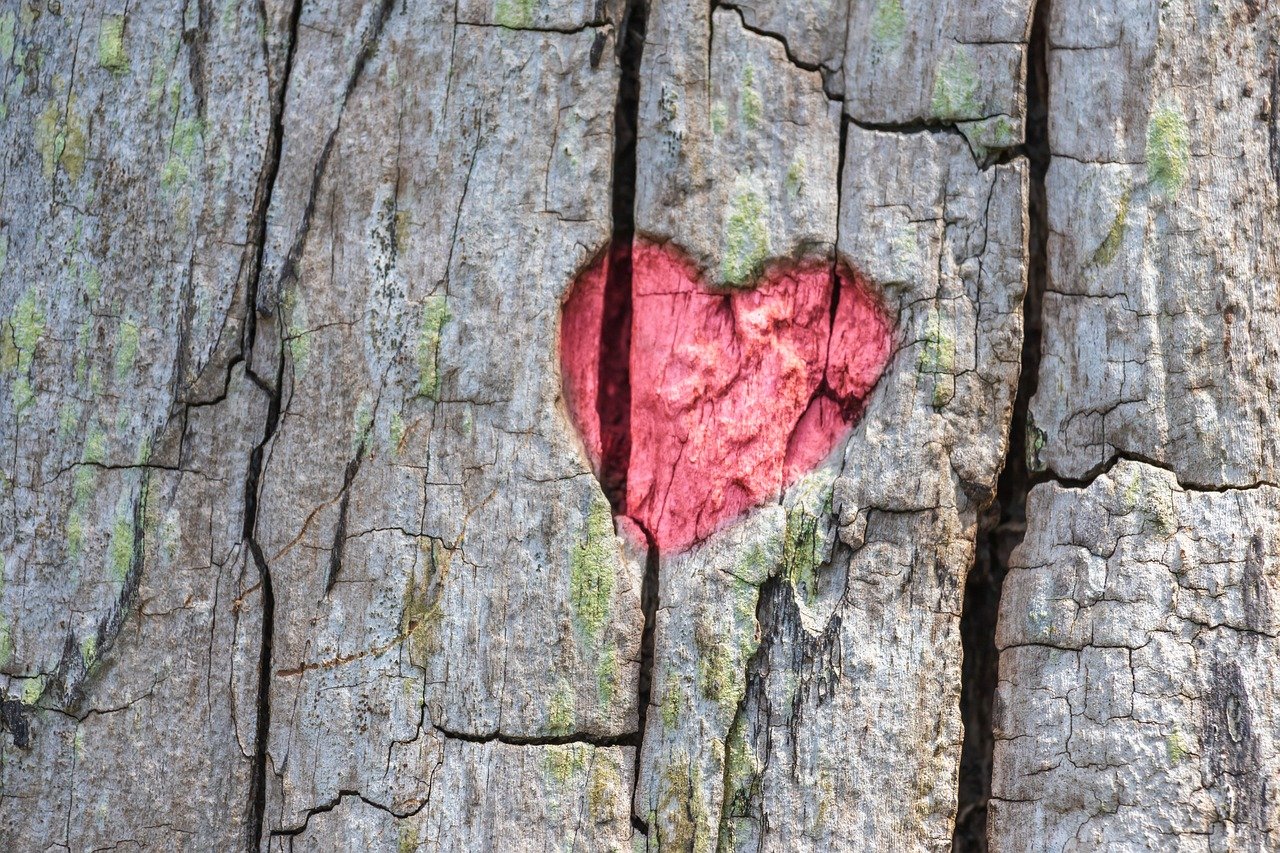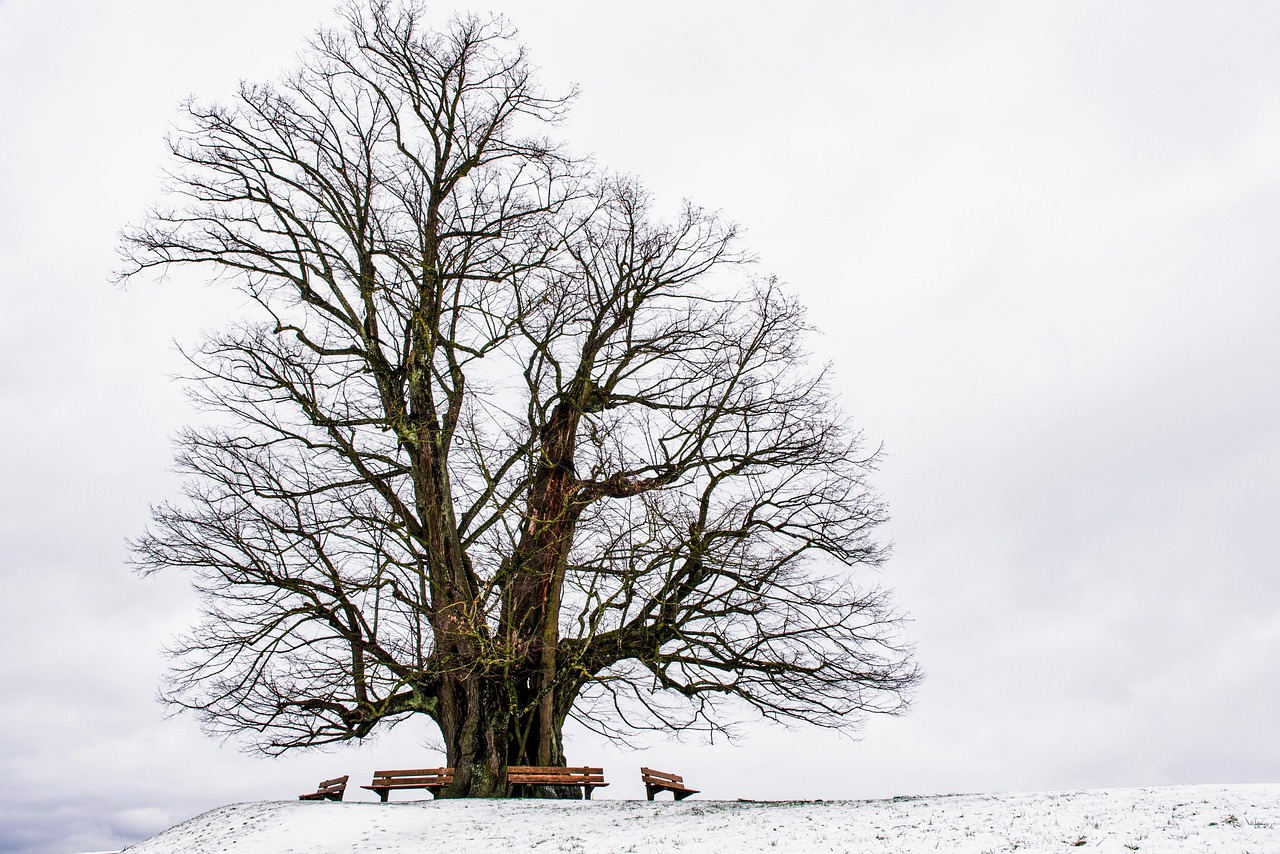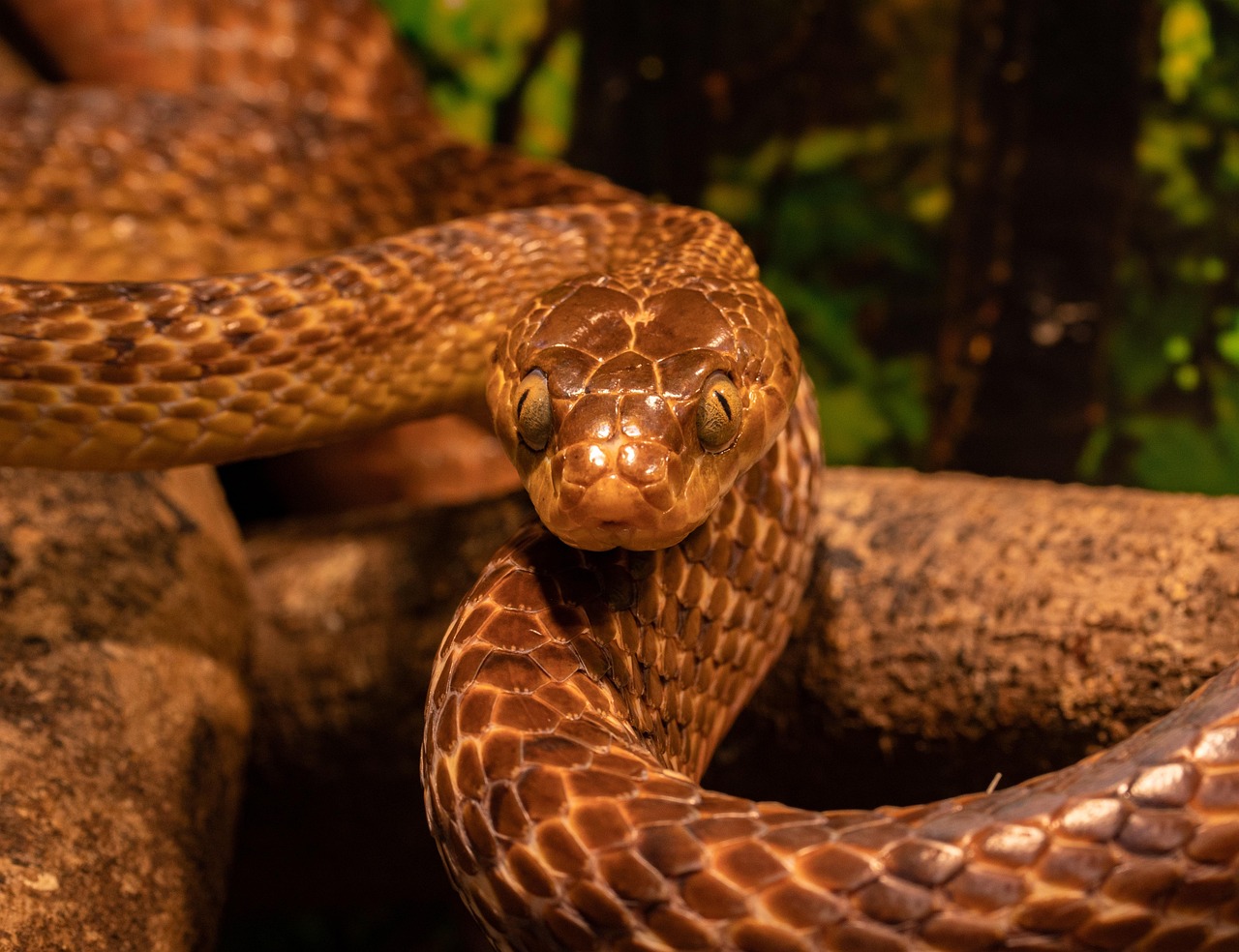The Kachnar tree (Bauhinia variegata) exhibits a moderate growth rate in flowering urban landscapes, typically reaching heights of 15 to 25 feet within 5 to 10 years. Its growth can be influenced by factors such as soil quality, water availability, and urban conditions.
Kachnar Tree: An Overview
The Kachnar tree, known scientifically as Bauhinia variegata, is a deciduous tree native to tropical and subtropical regions. It is often celebrated for its beautiful flowers that bloom in vibrant colors, including pink, white, and purple. This tree is particularly popular in urban landscapes due to its aesthetic appeal and ability to adapt to various environmental conditions.

In urban areas, the Kachnar tree offers several advantages. Its striking flowers not only enhance the beauty of parks and streets but also attract pollinators like bees and butterflies, promoting local biodiversity. Furthermore, Kachnar trees provide shade, helping to cool urban environments and improve air quality by absorbing pollutants.
Growth Rate Factors
The growth rate of the Kachnar tree can vary significantly based on several factors. Understanding these factors is crucial for successful cultivation in urban settings. Below are some key factors influencing the growth rate of Kachnar trees:
- Soil Quality: Well-drained, fertile soil promotes quicker growth. Poor soil conditions can hinder development.
- Water Availability: Regular watering during dry spells is essential. However, overwatering can lead to root rot.
- Sunlight: Kachnar trees thrive in full sun. Insufficient sunlight can slow growth and reduce flowering.
- Urban Conditions: Pollution and heat can stress the tree, affecting its overall health and growth rate.
Growth Rate Statistics
To better understand the growth patterns of Kachnar trees in urban landscapes, we can look at some general statistics regarding their growth rates over time. The following table summarizes typical height increments over various years of growth:

| Years After Planting | Average Height (Feet) | Growth Rate (Inches per Year) |
|---|---|---|
| 1 | 3 – 5 | 6 – 10 |
| 2 | 5 – 10 | 8 – 12 |
| 3 | 10 – 15 | 10 – 15 |
| 5 | 15 – 20 | 12 – 18 |
| 10 | 20 – 25 | 15 – 20 |
The table illustrates that Kachnar trees can achieve significant heights within a decade. The early years are marked by rapid growth, which tends to stabilize as the tree matures. Proper care during these formative years is crucial for achieving optimal growth.
Additionally, the visual impact of Kachnar trees can be enhanced through proper placement in urban landscapes. They are often used as ornamental shade trees along streets and in parks. Their seasonal blooms add color and vibrancy, making them a sought-after choice for landscape architects and city planners.
Caring for Kachnar Trees in Urban Settings
Caring for Kachnar trees in urban settings requires attention to their specific needs. Regular maintenance practices include:

- Pruning: Regular pruning helps maintain shape and encourages healthy growth.
- Pest Management: Monitoring for pests and diseases is essential to prevent infestations that can hinder growth.
- Mulching: Applying mulch around the base of the tree conserves moisture and suppresses weeds.
- Nutrient Management: Fertilizing with balanced nutrients can promote vigorous growth, especially in nutrient-poor soils.
By implementing these care strategies, urban residents and landscapers can ensure that Kachnar trees thrive in their environments while providing aesthetic and ecological benefits.
Environmental Benefits of Kachnar Trees
Kachnar trees offer numerous environmental benefits, making them an excellent choice for urban landscapes. These trees contribute positively to their surroundings in various ways, including improving air quality, supporting biodiversity, and enhancing urban aesthetics.
Air Quality Improvement
One of the primary advantages of planting Kachnar trees in urban areas is their ability to improve air quality. Trees absorb carbon dioxide and release oxygen through photosynthesis. This process helps mitigate the effects of air pollution, especially in bustling city environments. Moreover, Kachnar trees can trap dust and particulate matter, further enhancing the air quality.

Biodiversity Support
Kachnar trees play a crucial role in promoting biodiversity within urban settings. They provide habitat and food for various wildlife species, including birds and insects. The flowers of the Kachnar tree are particularly attractive to pollinators like bees and butterflies, which are essential for maintaining healthy ecosystems.
- Pollinator Attraction: The vibrant blooms of the Kachnar tree draw pollinators, helping to sustain local plant species.
- Habitat Creation: The tree’s foliage offers shelter for birds and small mammals, contributing to urban wildlife diversity.
- Soil Health: The leaf litter from Kachnar trees enriches the soil, promoting microbial activity and overall soil health.
Aesthetic Value in Urban Landscaping
The aesthetic appeal of Kachnar trees cannot be overstated. Their stunning flowers and unique leaf structure make them a favored choice among landscape designers. Here are some key aspects of their aesthetic value:
Seasonal Beauty
Kachnar trees are known for their spectacular seasonal displays. In spring, the tree bursts into bloom with clusters of colorful flowers, creating a striking visual impact. This seasonal beauty enhances the overall landscape and provides residents with a sense of connection to nature.
Versatile Design Applications
Due to their moderate size and spreading canopy, Kachnar trees can be effectively integrated into various landscape designs. They can be used as:
- Shade Trees: Ideal for parks and public spaces where shade is needed.
- Street Trees: Suitable for planting along urban streets to enhance curb appeal.
- Specimen Trees: Used as focal points in gardens or larger landscape designs due to their striking appearance.
Challenges in Urban Growth
Despite their many benefits, Kachnar trees face several challenges in urban environments that can impact their growth and health. Addressing these challenges is essential for ensuring their successful integration into city landscapes.
Urban Stress Factors
Urban stressors such as pollution, compacted soil, and limited space can hinder the growth of Kachnar trees. These factors can lead to stunted growth and reduce the tree’s overall health. Some common urban stressors include:
- Soil Compaction: Heavy foot traffic and construction activities can compact the soil, making it difficult for roots to expand.
- Pavement Proximity: Being planted too close to pavements can limit root growth and access to necessary nutrients.
- Pollution Exposure: High levels of air and soil pollution can affect tree health and growth rates.
Management Strategies
To overcome these challenges, urban planners and landscapers can implement several management strategies. These strategies include:
- Soil Aeration: Regular aeration can help alleviate soil compaction, allowing roots to access water and nutrients more efficiently.
- Strategic Planting: Choosing appropriate planting locations away from heavy traffic areas can improve growth conditions.
- Regular Monitoring: Keeping track of tree health through regular inspections can help identify issues before they become severe.
By understanding these challenges and implementing effective management practices, urban landscapes can maximize the benefits provided by Kachnar trees while ensuring their healthy growth and longevity.
Pests and Diseases Affecting Kachnar Trees
Kachnar trees, like many other plants, can be susceptible to various pests and diseases. Identifying these threats and addressing them promptly is essential for maintaining the health and growth rate of these trees in urban landscapes.
Common Pests
Several pests can affect Kachnar trees, leading to stress and potential decline. The most common pests include:
- Aphids: These small insects feed on the sap of the tree, causing leaf curling and stunted growth.
- Scale Insects: Scale insects attach themselves to the branches and leaves, sucking sap and weakening the tree.
- Leaf Miners: These larvae burrow into the leaves, creating tunnels that can reduce photosynthesis.
Signs of Pest Infestation
Monitoring Kachnar trees for signs of pest infestation is crucial. Some common indicators include:
- Discolored Leaves: Yellowing or browning of leaves can indicate stress from pests.
- Sticky Residue: A sugary substance on leaves (honeydew) is often a sign of aphid or scale insect presence.
- Visible Insects: Spotting the pests themselves on leaves or stems is a clear indicator of an infestation.
Management of Pests
Effective management strategies can help control pest populations and minimize damage to Kachnar trees. Some strategies include:
- Natural Predators: Encouraging beneficial insects, such as ladybugs and lacewings, can help control aphid populations.
- Insecticidal Soap: This eco-friendly option can be used to combat soft-bodied insects without harming the tree.
- Cultural Practices: Maintaining tree health through proper watering and fertilization makes them less susceptible to pests.
Diseases Affecting Kachnar Trees
Kachnar trees can also be affected by various diseases, which can hinder their growth and flowering. Recognizing these diseases early is vital for effective treatment.
Common Diseases
Some common diseases that may impact Kachnar trees include:
- Leaf Spot: Caused by fungal infections, this disease results in dark spots on leaves, leading to premature leaf drop.
- Powdery Mildew: This fungal disease appears as a white powdery coating on leaves and can reduce photosynthesis.
- Root Rot: Excess water or poorly drained soil can cause root rot, leading to decline and eventual tree death.
Signs of Disease
The following signs may indicate that a Kachnar tree is suffering from disease:
- Browning Leaves: Leaves that turn brown and drop prematurely may suggest disease stress.
- Mold Growth: The presence of mold or mildew on leaves or stems is indicative of fungal infections.
- Wilting: Wilting leaves and stems can signal root problems or severe stress.
Disease Management Strategies
To manage diseases effectively and promote healthy growth in Kachnar trees, consider the following strategies:
- Proper Watering: Ensure adequate drainage and avoid overwatering to prevent root rot.
- Fungicides: Apply appropriate fungicides as a preventive measure against fungal infections.
- Sanitation Practices: Regularly remove fallen leaves and debris around the base of the tree to minimize disease spread.
The Role of Community Engagement
The health and growth of Kachnar trees in urban landscapes can also benefit from community involvement. Engaging local communities in tree care initiatives fosters a sense of responsibility and encourages sustainable practices.
Community Planting Events
Organizing community planting events can help increase the number of Kachnar trees in urban areas. These events often involve:
- Education: Teaching participants about proper planting techniques and tree care.
- Collaboration: Bringing together diverse groups for a shared goal of enhancing urban greenery.
- Sustainability: Promoting environmental stewardship by encouraging residents to care for their local trees.
Adoption Programs
Adoption programs allow community members to take responsibility for specific trees. Such programs can include:
- Caring for Trees: Volunteers can monitor tree health, water them, and participate in pruning activities.
- Aesthetic Enhancements: Community members can beautify areas around adopted trees, enhancing urban landscapes.
- Educational Workshops: Hosting workshops on tree care fosters knowledge sharing among residents.
The involvement of local communities not only promotes the growth of Kachnar trees but also strengthens community ties while improving the urban environment.
Future Prospects for Kachnar Trees in Urban Landscapes
The future of Kachnar trees in urban landscapes appears promising, given their adaptability and the increasing recognition of the importance of green spaces in cities. As urban areas continue to expand, incorporating more Kachnar trees can provide numerous benefits, from improving air quality to enhancing the aesthetic value of neighborhoods.
Innovative Urban Planning
Urban planners are increasingly focusing on integrating nature into city designs. This trend provides an excellent opportunity for Kachnar trees to play a significant role in future urban landscaping. Some innovative strategies include:
- Green Corridors: Establishing green corridors that connect parks and natural areas can facilitate the planting of Kachnar trees, providing habitats for wildlife and improving air quality.
- Vertical Gardens: In densely populated areas, vertical gardens featuring Kachnar trees can maximize space while adding greenery to urban environments.
- Community Parks: Developing community parks that feature Kachnar trees can create recreational spaces that enhance social interaction and promote healthy lifestyles.
Climate Resilience
Kachnar trees exhibit resilience to various environmental stressors, making them suitable candidates for climate adaptation strategies. Their ability to withstand fluctuations in temperature and drought conditions can contribute positively to urban ecosystems as cities face the impacts of climate change.
- Drought Tolerance: Once established, Kachnar trees can endure periods of low water availability, making them ideal for regions experiencing drought.
- Heat Resistance: The tree’s ability to thrive in warmer temperatures helps combat urban heat islands, a common issue in densely populated areas.
- Carbon Sequestration: As carbon sinks, Kachnar trees contribute to reducing greenhouse gases in the atmosphere, aiding in climate change mitigation efforts.
Community Education and Involvement
Education is a fundamental component of ensuring the successful growth and maintenance of Kachnar trees in urban areas. Increasing public awareness about the importance of these trees can foster a culture of care and responsibility among residents.
Educational Outreach
Local governments and organizations can implement educational outreach programs that focus on:
- Workshops and Seminars: Hosting workshops that educate residents about tree care, benefits, and environmental stewardship.
- School Programs: Engaging students in learning about Kachnar trees through interactive programs, promoting an early appreciation for nature.
- Online Resources: Creating accessible online resources that provide information about Kachnar trees and how to care for them effectively.
Final Thoughts
Kachnar trees represent a valuable asset for urban landscapes. Their moderate growth rate, stunning floral displays, and numerous environmental benefits make them an excellent choice for cities striving to enhance their green spaces. By addressing challenges such as pests, diseases, and urban stressors through effective management strategies, communities can ensure these trees thrive.
The future integration of Kachnar trees into urban planning is vital for creating healthier and more sustainable environments. With increasing community involvement and educational initiatives, the potential for Kachnar trees to flourish in urban settings is immense. Ultimately, investing in these trees not only beautifies cities but also contributes to ecological balance, improved air quality, and enhanced quality of life for residents.
As cities continue to evolve, embracing the Kachnar tree will be essential in building resilient urban ecosystems that benefit both people and nature. The commitment to nurturing these trees today will yield lasting rewards for future generations.
